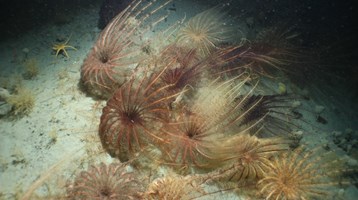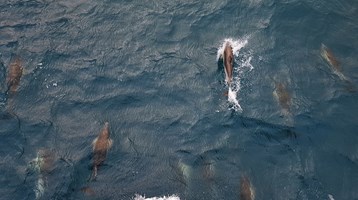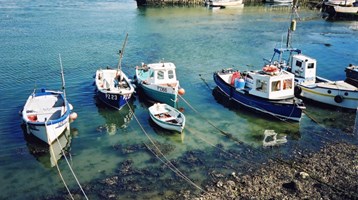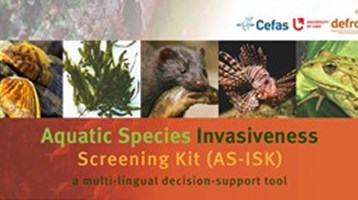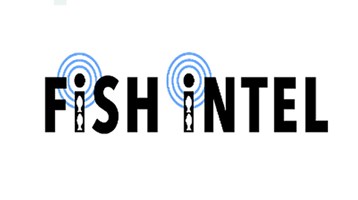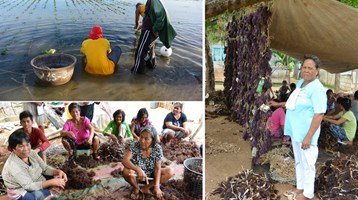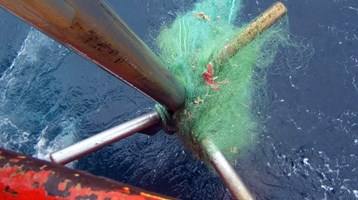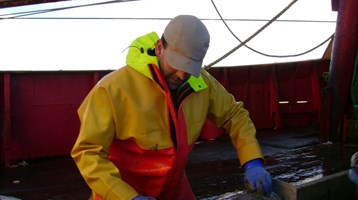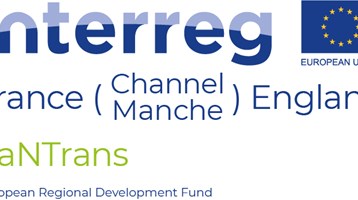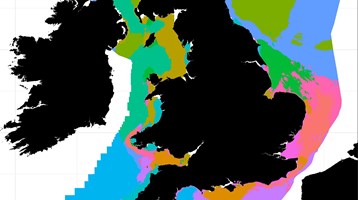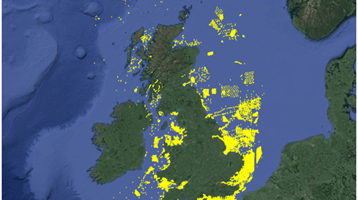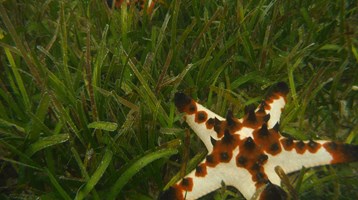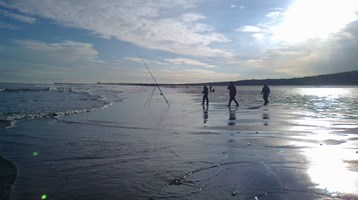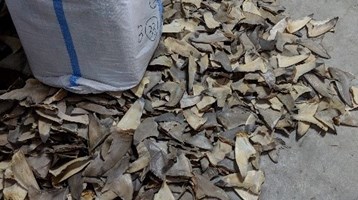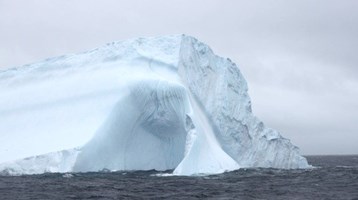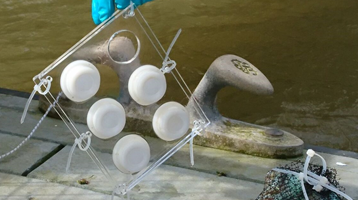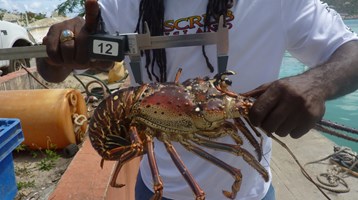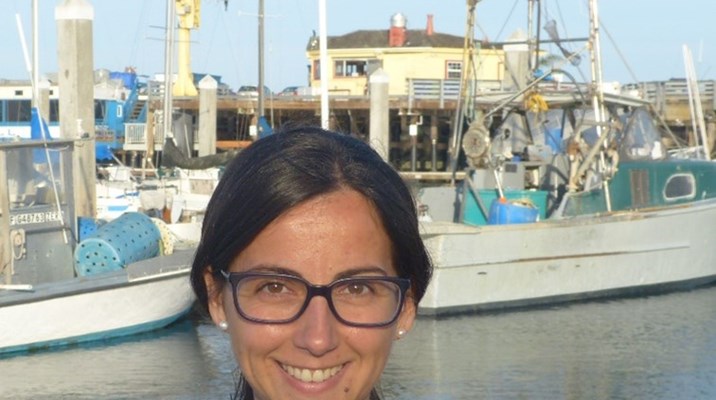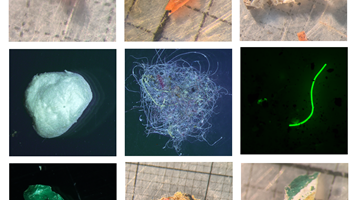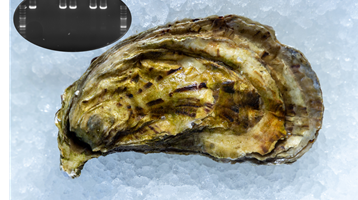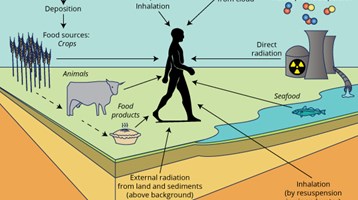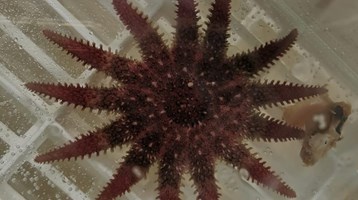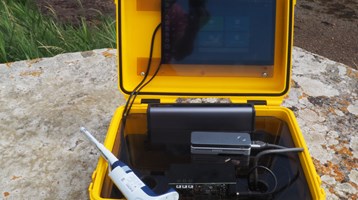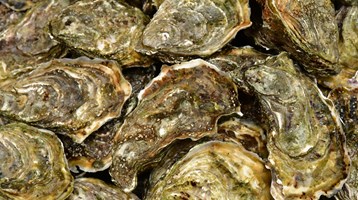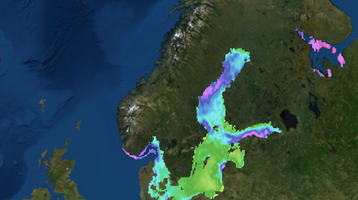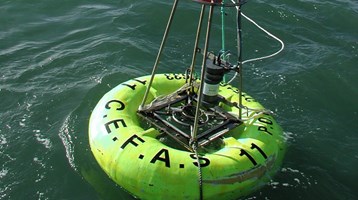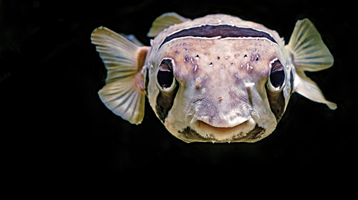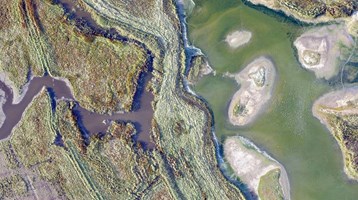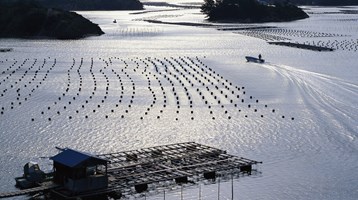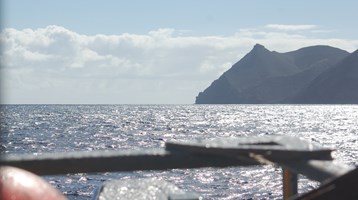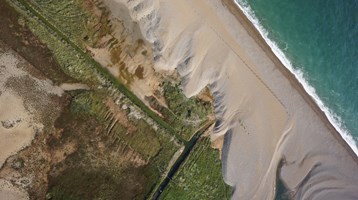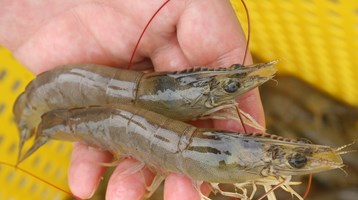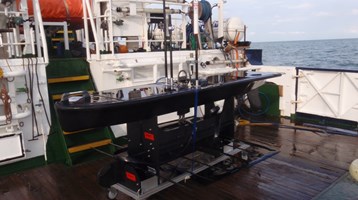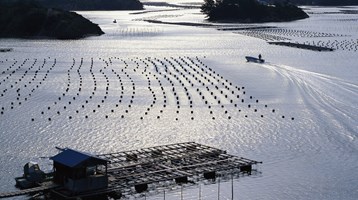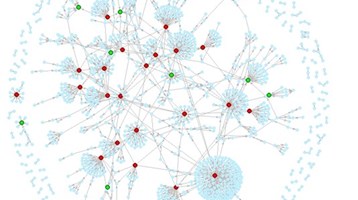Sharks, skates and rays – back from the brink?
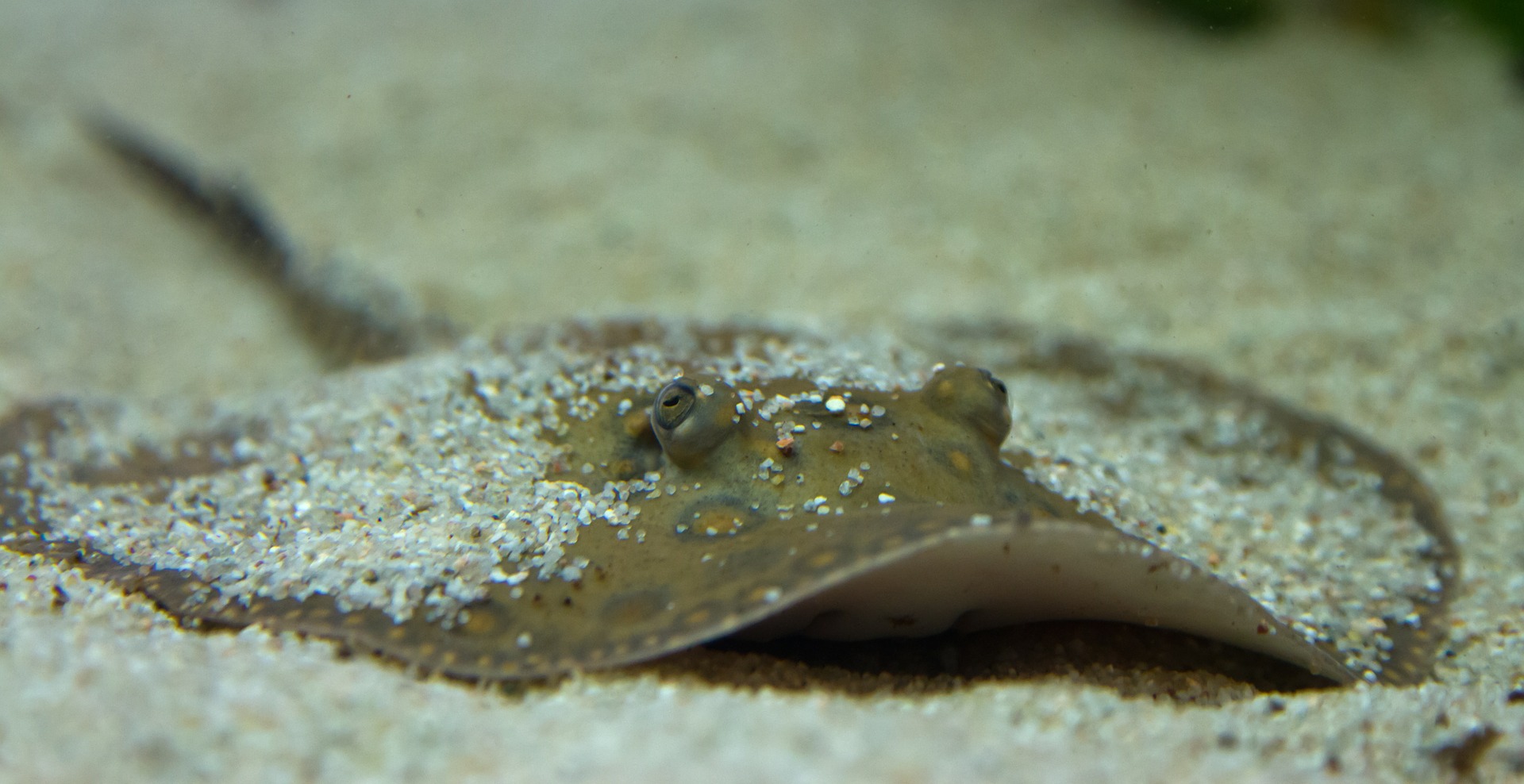
Sharks, skates and rays, collectively known as elasmobranchs, are among the world’s more vulnerable marine species. An improved understanding of the biology and status of elasmobranchs informs the fisheries management needed to allow depleted stocks to recover and avoid unnecessary restrictions in fishing opportunities.
UN, EU and UK policy commitments in the last two decades have all contributed to an increased interest in elasmobranchs. Defra’s (2011) Shark, Skate and Rays Conservation Plan aims “to manage elasmobranch stocks sustainably so that depleted stocks recover and that those faring better are fished sustainably”.
Cefas science spans a wide range of work on elasmobranchs in support of conservation and sustainable fisheries commitments: from the collection of new biological data right through to the application of new data-limited assessment approaches and advice.
Cefas scientists have advised numerous elasmobranch scientific meetings in recent years, including chairing and participating in annual meetings of the ICES Working Group on Elasmobranch Fish (WGEF) and other relevant ICES workshops. In addition to ICES, Cefas scientists have contributed to relevant meetings of the Scientific, Technical and Economic Committee for Fisheries (STECF), North Western Waters Advisory Council (NWWAC), International Commission for the Conservation of Atlantic Tunas (ICCAT) and International Union for Conservation of Nature (IUCN) Red List workshops.
Cefas science spans a wide range of work on elasmobranchs in support of conservation and sustainable fisheries commitments
Cefas has long collected biological information from elasmobranchs caught during annual trawl surveys. Additionally, recent projects have sampled dead by-catch from commercial fisheries, leading to improved biological data for starry smooth-hound, spurdog and porbeagle shark.
Cefas scientists led the quantitative stock assessment of spurdog, once one of the most common shark species in British waters. In addition to informing the advisory process through ICES, the results were used to update the IUCN Red List assessment for spurdog in the north-east Atlantic from ‘Critically Endangered’ to ‘Endangered’.
Undulate ray had also been listed as ‘Threatened’ on the IUCN Red List, and was then listed as a prohibited species on EU fishing regulations. Cefas collated relevant data whilst undertaking a review of this species and provided input through STECF that resulted in the reintroduction of fishing opportunities through a conservative quota.
The issue of discard survival is of direct policy importance, due to the landing obligation that is included in the reformed Common Fisheries Policy (CFP). Cefas scientists have published on discarding patterns, undertaken a global review of discard mortality, published information on the at-vessel mortality of skates, and undertaken studies of post-release mortality. This information has been provided to the ICES Working Group on Methods for Estimating Discard Survival (WGMEDS).
Related to this article
Topic
Case studies
People
Further Reading


Working for a sustainable blue future
Our Science

